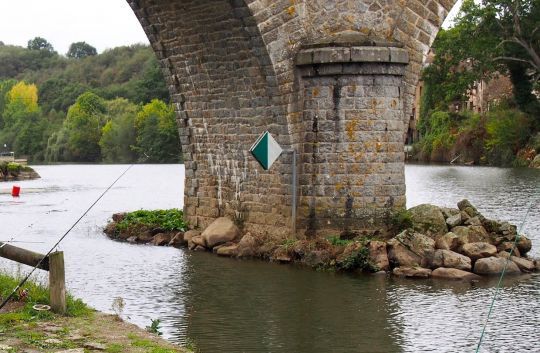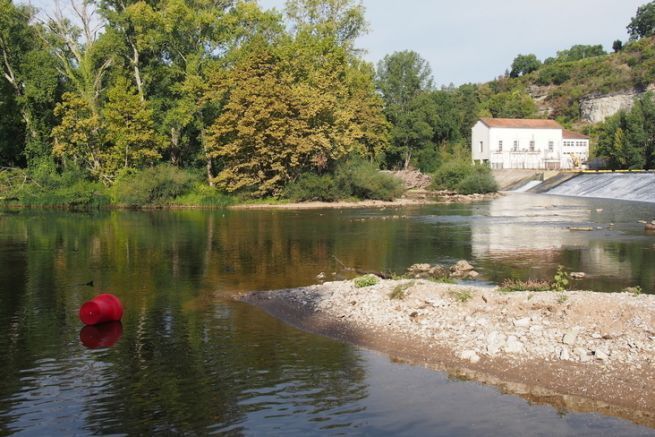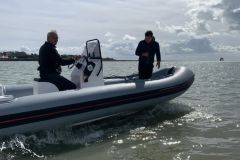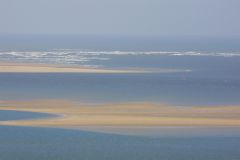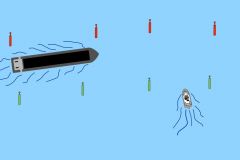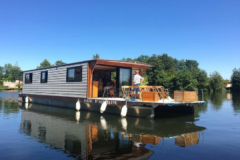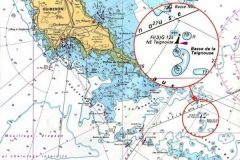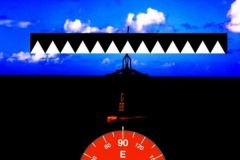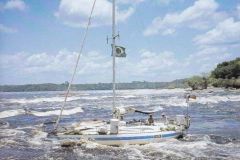Whether rivers or canals, waterways hide dangers. Some of them are marked, but it is not always the case. On the other hand, we often find the same ones and this is the reason for this list which should not frighten, but on the contrary allow everyone to remain attentive and to keep away from the places which are most likely to cause trouble.
Beware of sheet piles
When boating, one is naturally wary of the banks. This is a good precaution on rivers, but it should also be on canals. Most of them have evolved: the sloping masonry of the early days was raised by metal sheet piles to offer a greater draught to commercial boats. These steel curtains have sometimes degraded to the point of being submerged. They represent blades capable of cutting a hull that would pass too close.
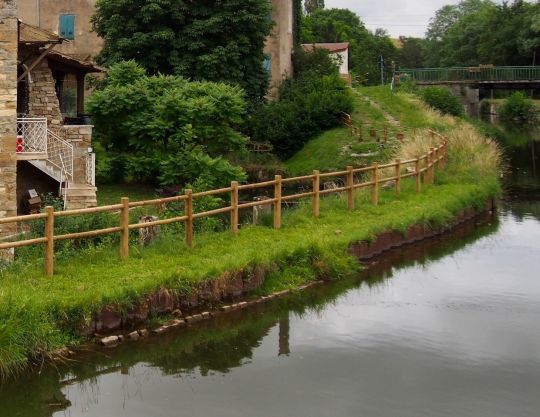
Obstacles to navigation
The banks are also dotted with more or less formal structures that can act as obstacles. It happens that the stormwater nozzles or their concrete mass are immersed and overflow a little too much on the right-of-way of the waterway. Also beware of ladders installed to allow wildlife to climb up the bank or irrigation pumping wells. They are often not very visible.
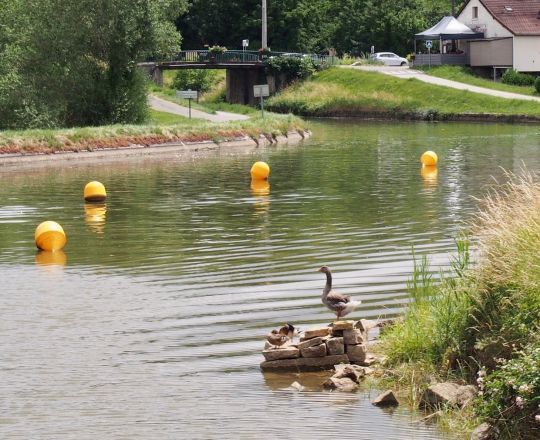
Crossing as close as possible to other boats
The commercial barge industry is tending to disappear, at least on the small-gauge canals. If it has become rare to cross a loaded boat, it is still impressive for the uninitiated. If you are navigating, the secret is to go along the side of the boat that you pass. If apprehension makes you move away towards the shore, the movement of the water could stick to you! When you are moored, you can feel the water recede under the effect of the suction well before the boat passes. The important thing is to take care of the mooring lines which must be left loose enough not to break.
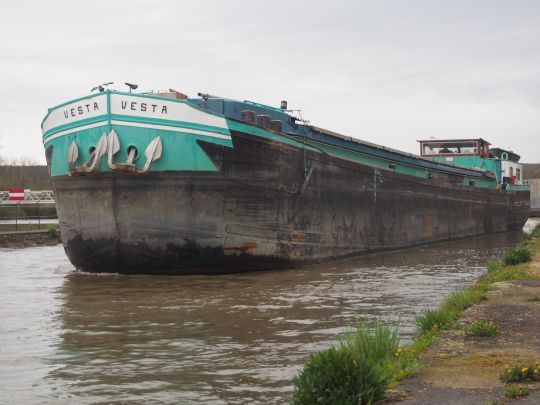
Stumps can also be a concern
On natural watercourses, one does not generally approach the banks without caution. This should be the case especially if they have been recently maintained. The newly pruned area is tempting, but often stumps remain, sometimes hidden below the surface. On several occasions, boats have been seen to damage themselves where previously no one would think of approaching because of the brush.

Unroll the aquatic plants
Aquatic vegetation can also cause problems. The plants form filaments that wrap around the propellers and can cause the motors to overheat. The solution is to briefly beat back at regular intervals to unwind this vegetation. In rivers, vegetation is a good indication of channel location. Areas where grasses and water lilies grow should be identified as shoals.
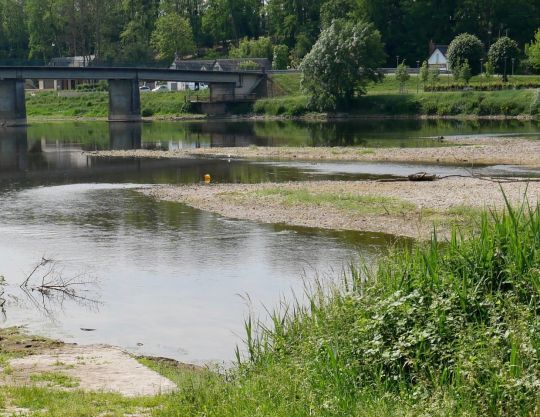
Taking the high road
Not all rivers are marked and they may have shoals. One should be particularly wary of the landings that form on the right of tributaries, even of modest appearance. Alluvial deposits are found on the inside of bends and one should avoid cutting the bends. To better visualize the channel, you can refer to the Google map satellite view which gives a fairly accurate view of the sandbanks. Even if they move with the seasons, they tend to reform in the same places from one year to the next.
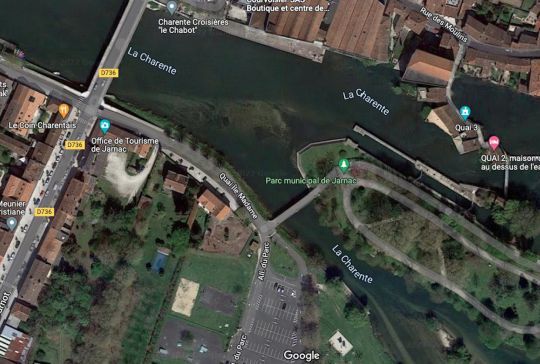
The power of wind and water
Water level variations can greatly affect the perception of the waterway. Without even mentioning flooding, a storm is often enough to generate an increase in flow and cross-currents at tributaries or to increase the appeal felt near weirs. If the water takes on a brownish tint, find out before casting off. You should also beware of wind, especially in the south of France. It is always recommended to moor upwind, as this will make it easier to leave the dock.
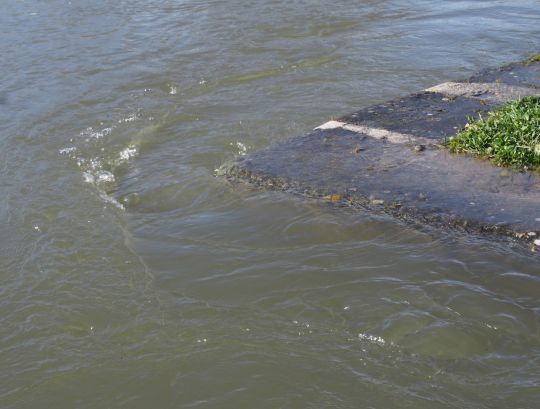
The bridge from top to bottom
When approaching a bridge, the navigator naturally tends to look up. It is true that in river navigation, the passage is sometimes a matter of a few centimeters. However, the real challenge lies below the surface of the water. The piers are often built on stony supports that overhang the arch. Unless otherwise indicated, one should try to stay in the center of the arch.
